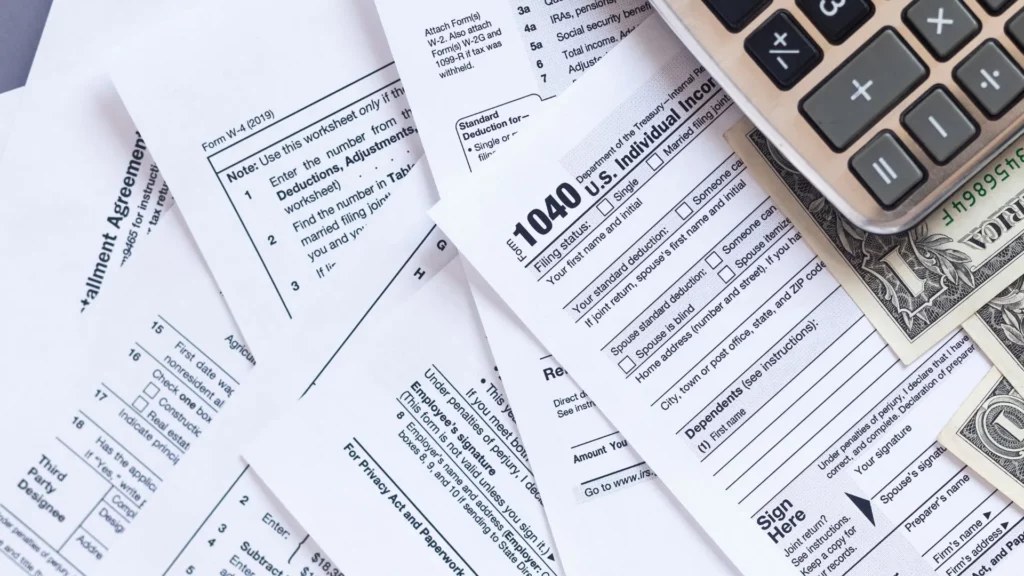A donation is a great way to help your preferred charity in times of need. At the same time, it helps in saving on your overall tax bill during a specific season. Making tax-deductible charitable donations allows a taxpayer to deduct the amount of cash or property, including clothing and household items, transferred to a qualified organization, such as a charity, nonprofit religious or educational group.
You can easily check with the IRS using the Tax Exempt Organization Search Tool to check the names of the approved organizations for making a tax-deductible donation. While filing your taxes, you will be needed to fill in the complete details of the entity or its employer identification number (EIN) to get the deduction benefits.
The amount you can claim as a charitable contribution generally depends on the fair market value of the property you donate, or the cash value, as per the IRS.
How to Claim Tax-Deductible Donations
You can claim tax-deductible charitable donations while filing your tax return by itemizing the contributions on Schedule A of IRS Form 1040 or 1040-SR. It is usually limited to a certain percentage, for instance, 60% of the taxpayer’s adjusted gross income (AGI).
Interestingly, the IRS has specified that qualified contributions are not subject to this limitation. It allows individual taxpayers to deduct qualified contributions of up to 100% of their adjusted gross income. You can be limited to 20%, 30% or 50% deduction as well depending on the type of contribution and the organization. A corporation may be allowed to deduct qualified contributions of up to 25% of its taxable income.
The IRS also allows you to get deductions on contributions that exceed the limit on returns filed over the next five years, or even until they’re gone. It involves a process called a carryover.
What Qualifies as a Contribution According to the IRS
- a cash contribution;
- made to a qualifying organization;
- made during the calendar year 2020.
- Gifts given in non-cash property don’t qualify for relief.
Things to Remember While Making Tax-Deductible Charitable Donations
- Measure all pros and cons: It is important that you measure the costs and benefits of the donations you are making ahead of time in order to avoid any delays or issues while filing the taxes. Itemizing your tax-deductible charitable contributions can take more than the standard deductions.
- Donate to a qualifying organization: Your charitable donations will qualify for a tax deduction only if you make it a tax-exempt organization, defined by the IRS under section 501(c)(3) of the Internal Revenue Code.
- Document your contributions carefully: From small to big, keep track of all your tax-deductible donations. Documents can include a bank statement, a credit card statement or a receipt from the charity. You may require additional documents while making cash or property donations worth more than $250, noting that the IRS mandates you to get a written letter of acknowledgment from the charity.
- Consider donating stock to charities: If you are unable to donate cash/property before year-end, consider contributing stocks. However, before doing so, check if your preferred charity has a brokerage account to accept your donation.
Qualified Organizations
Some of the following organizations are qualified under section 170(c) of the Internal Revenue Code for making a tax-deductible contribution:
- A community chest, trust, fund, corporation or foundation.
- A church, synagogue, or other religious organization.
- A war veterans’ organization, auxiliary, trust or foundation organized in the US or its possessions.
- A non-profit volunteer fire company.
- A civil defense organization working under federal, state or local law.
How to Maximize Your Tax Deductions Through Charities
If you wish to make the most of your contributions, consider a bunching strategy in case you make charitable donations over $10,000. It allows you to “stack” your gift-giving in a tax year. For instance, you donate $10,000 on January 1 and another $10,000 on December 31. A bunching strategy allows you to claim the $20,000 gift as an itemized deduction on your tax return for the year in question. It will prevent you from taking the standard deduction and reducing the entire $20,000 on your taxes.





























